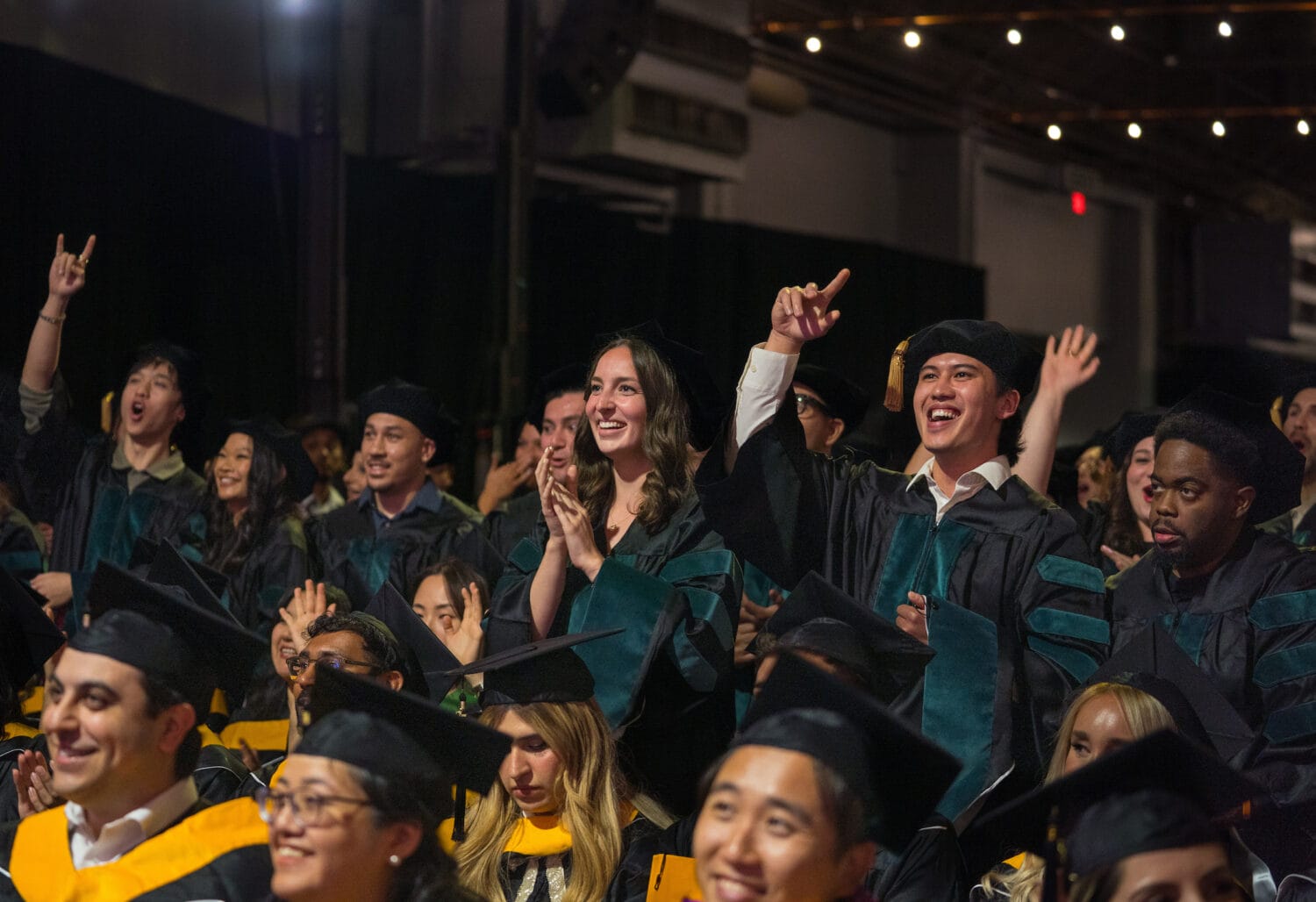Interprofessional WesternU team publishes vertigo study
An interprofessional Western University of Health Sciences team recently published a study on the effects of osteopathic manipulative treatment (OMT) and vestibular rehabilitation therapy (VRT) in patients with vertigo and somatic dysfunction in the Journal of the American Osteopathic Association.
The study involved faculty members and students from the College of Osteopathic Medicine of the Pacific (COMP), the College of Health Sciences’ Department of Physical Therapy Education and the College of Optometry.
Osteopathic Manipulative Treatment in Individuals With Vertigo and Somatic Dysfunction: A Randomized, Controlled, Comparative Feasibility Study. Marcel Fraix, DO, MBA; Sondos Badran, BS, OMS II; Victoria Graham, PT, DPT, OCS, NCS; Donna Redman-Bentley, PT, PhD; Eric L. Hurwitz, DC, PhD; Valerie L. Quan, OD; Michelle Yim, DO, MPH; Mary Hudson-McKinney, PT, MS, DPT, NCS; Michael A. Seffinger, DO.
“Interdisciplinary collaboration and education at WesternU are embedded in our culture,” said COMP Assistant Dean Marcel Fraix, DO ’03, MBA, FAAPMR. “We understand the value in terms of patient outcomes.”
The team from the beginning took an interdisciplinary approach, knowing it would set their study apart from others when applying for a grant from the American Osteopathic Association, Fraix said.
“Philosophically, it was a natural fit to bring in PT and Optometry. We already understood what they bring to patient care,” he said. “When I see patients, it’s not just what I can offer. What else are they experiencing in the bigger picture that can be addressed, whether I send them to PT or to someone else. It’s approaching the patient in a more holistic manner.”
The study showed a combination of OMT and VRT significantly reduced vertigo and improved balance three months after treatment. There was a high prevalence in vergence and vertical heterophoria, which are not typical screening measurements used by physical therapists and physicians to assess vertigo patients. With a small sample size, this study demonstrated the feasibility of an interdisciplinary team evaluating and treating patients with vertigo in a community setting. A larger study is needed to assess the efficacy of OMT/VRT in vertigo patients.
There were four study groups: One of the groups received only OMT, one received only VRT and one received both. The control group did not receive any treatment.
“The results show that those who got both the OMT and the PT rehabilitation did better than those who just received one or the other, which strengthens the concept that there should be more interprofessional interactions between DOs and PTs when it comes to patients with vertigo,” said College of Health Sciences Department of Physical Therapy Education Professor Emerita Donna Redman-Bentley, PT, PhD.
“Vision is a major contributor to one’s sense of balance, and when there is a mismatch between vision and vestibular inputs, patients can experience dizziness,” said College of Optometry Associate Professor Valerie Quan, OD, FAAO. “This study found many of the subjects had deficient visual input, and highlights the need for patients with dizziness to have their visual system evaluated beyond visual acuity. As a clinician, it was exciting to be a part of this collaborative research team, and I hope to see further interprofessional research in this area to support best practices in treating patients suffering from vertigo.”



